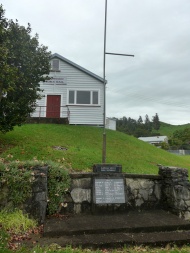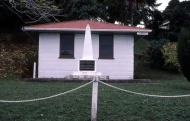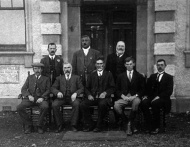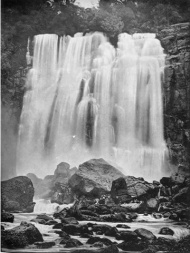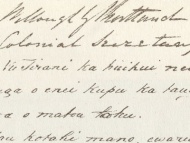
As chairman of the Kāwhia committee, John Ormsby worked on behalf of Ngāti Maniapoto in negotiations with the Native Land Court.
Read more...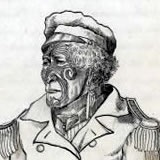
Te Rauparaha was a Ngāti Toa chief and warrior. Sometimes called the 'Napoleon of the Southern Hemisphere', he ruled the lower end of the North Island from his base at Kapiti Island for the best part of 20 years
Read more...Township on the north-western shore on Kāwhia Harbour, 50 kilometres north-west of Ōtorohanga. Kāwhia has great significance for Māori because it was the final landing place of the ancestral waka Tainui. The people of Tainui settled around Kāwhia Harbour. European traders arrived in the 1820s and were followed by Wesleyan Methodist missionaries, who established mission stations on land nearby in the 1830s. Land was also sold to European settlers. Kāwhia was closed to Europeans after the Waikato land wars of the 1860s. In 1880 the government bought a block of land previously owned by an early settler. The new town of Kāwhia was laid out at Pouewe on the northern shores of the harbour in 1882. King Tāwhiao was not consulted, but eventually agreed to the town’s establishment, and Europeans returned. The Kāwhia Regatta has been held annually since 1910.


